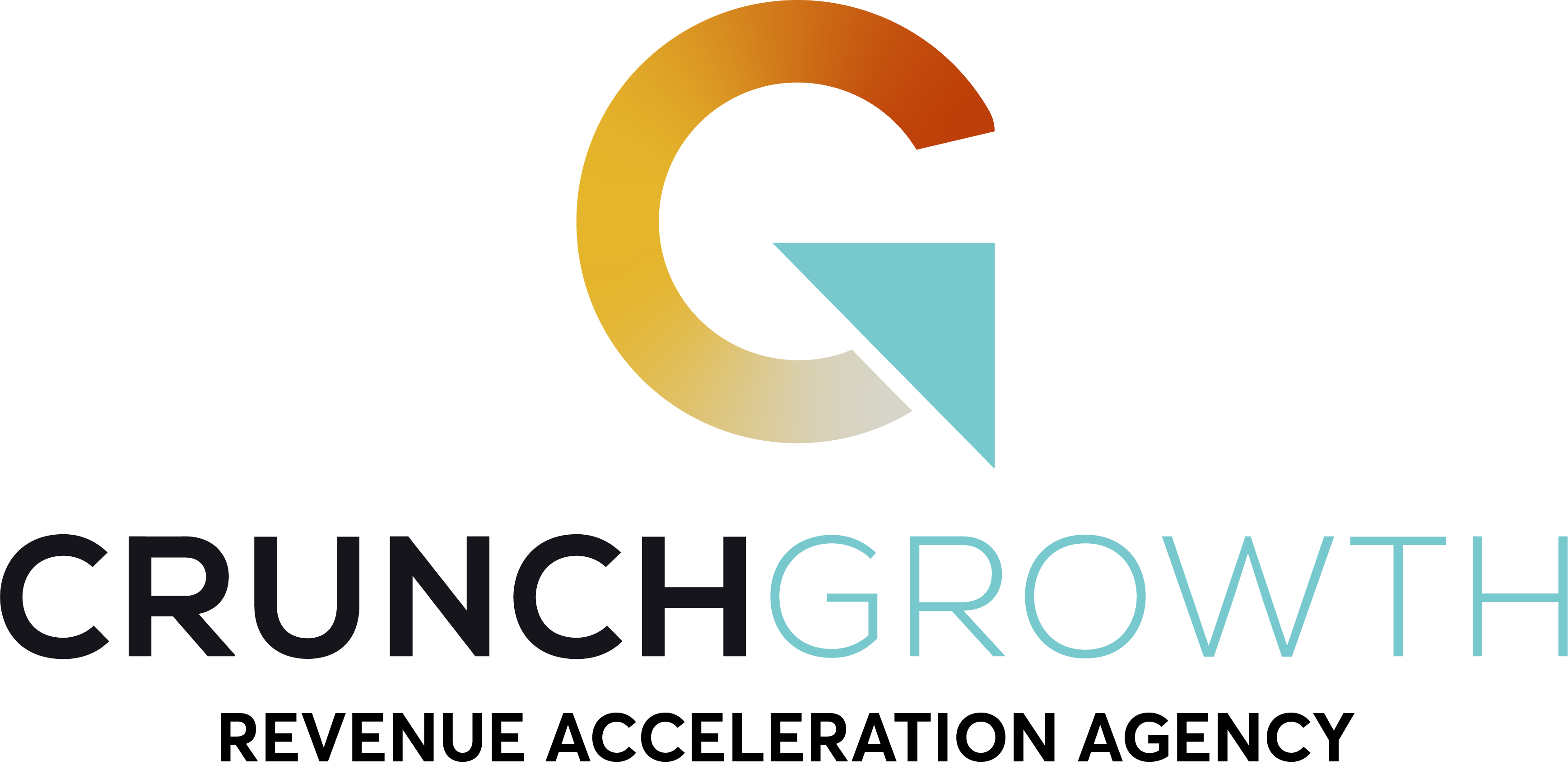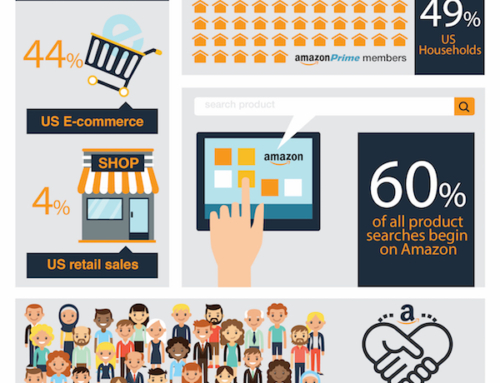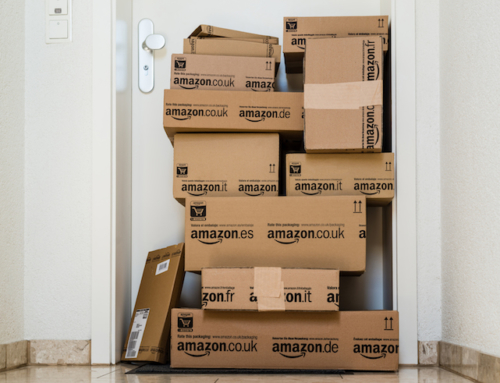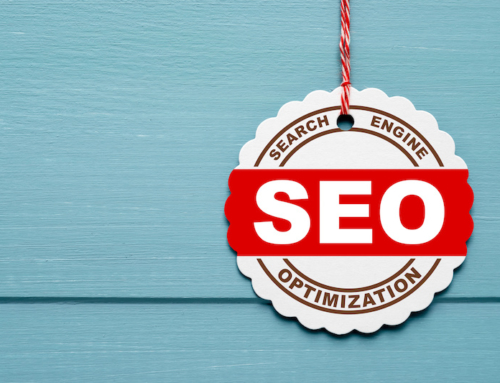The 20 Most Important Google Ranking Factors
In the modern world of semantic search, it is critical for site owners to develop a deeper understanding of the important Google ranking factors. These factors impact not just your site ranking but your organic traffic as well. The most cost effective way to grow your business is though organic search.
While Google is good at keeping secrets, there are over 200 Google ranking factors known to marketers. This presents an opportunity to improve your SEO efforts and your website.
However, one simply cannot consider all 200 Google ranking factors at the same time. To help you streamline your SEO, here are twenty of the most important ranking factors to consider:
Domain Factors
These factors are all the domain-related elements ranging from the domain age to the domain name.
1. Use the keyword you want to rank for as the first word in your domain name. This provides and edge over competitors that have irrelevant/indirect names. For example, if you are selling glasses in Iowa then the domain name ‘glasses-in-Iowa’ has the advantage.
2. The country-specific Top Level Domain (TLD) extension is another factor that facilitates the search engine in ranking your page higher based on the geographical location. The advantage is that your site can be ranked 1st locally whereas, the global rankings would vary.
3. Google’s updates have decreased the search visibility of parked domains. Active sites with continuous visits and low bounce rates rank higher. Additionally, secure sites with an HTTPS dominant version are preferred by Google.
Page/Site Level
There are many factors both on the page and site level that lead to a higher ranking in Google search.
Content
4. Useful and relevant content is the most important ranking factor for both your website and other pages. Google loves content that answers searchers questions.
5. The length of the content is one of the determining factors of quality. Content that is lengthy covers a wider breadth and is relevant to the user’s query hence, it is always preferred. 2,000-word posts rank higher than 600-word posts. In fact, the top-ranking posts are all around 2,000 words.
6. The date of your content update is another factor that shows the relevance and importance of your website/pages. Update your pages with the latest information. Outdated content get a lower ranking. Use of the keyword in the title tag is the second most important factor after the quality of content as it pronounces on-page SEO.
7. Latent Semantic Indexing (LSI) the keywords in your content facilitates the search engine algorithms in extracting meaningful information from your content. This is a signal of high-quality content and is given high rankings in Google.
Google Services
8. The use of Google related services such as YouTube automatically gets preferred in the rankings. Therefore, uploading your videos to YouTube as a mediator could be a shortcut to SEO. Incorporate Google Web Analytics and Search Console services into your web design. These tools provide real-time data to you and the search engine. Thus, this increases the rankings of your page significantly.
9. Having Terms of Services page and Privacy page(s) for your website is one of the ways that serve as a trust generating signal and allows search engines to increases the ranking of your site. Having user reviews directly impacts the reputation of your site, which means using on-site review sites such as Yelp or Trustpilot to promote your rankings obtained by Google.
10. Google almost mandates mobile optimization through the creation of a responsive web design at this point. The addition of mobile friendly tags to your websites provides an edge over the competition.
11. HTML errors/W3C validations show the quality of your website, which is akin to higher efficiency.
Backlinks
Backlinking is the practice of getting inbound links from other websites into your site. The more links into your site that you can get from high Domain Authority (DA) websites is even more powerful. These links give Google a vote of confidence in your site.
12. Linking strictly to the home page of your site is not a good practice. Make sure you are generating backlinks into the content on your many other pages.
13. Too many sponsored links and other partner links decrease the value of the link relationship. This traffic generated is a form of paid advertisement and goes against the organic focus of Google.
User Interaction
User interaction is analyzed by Google to prefer the sites with a high level of user interaction and engagement. Better content, social linking and trust signals generate a greater amount of user’s interaction and engagement.
14. Pages that have a higher organic click-through rate for a keyword get a SERP ranking boost.
15. Site traffic with a low bounce rate, meaning high-quality traffic, is one of the more robust metrics. Low traffic sites don’t rank very high. Sites with over 100,000 monthly visits and strong usability metrics in the other areas outlined, will rank high in SERP’s.
Social Optimized Posts
Google search engine algorithms track interactions between your content and various social media websites. The more shares
16. Geotargeting is the preference of Google ranking factors, meaning that the local server IP and country specific domain name extensions receive preferences in rankings.
17. Social signals such as the number of Facebook shares, Twitter tweets, etc. are used by Google to determine the reach, relevance, and impact of your content. Pages with a higher impact obtain higher SERP rankings
Brand Signals
Brand signals are identifiers of your brand that are used in various places such as press releases and videos. They generate brand recognition and awareness.
18. The mentioning of your brand name on news sites is one of the positive signals that allow your business to obtain a higher rank.
On-site/Off-site Web Spam Factors
These factors determine how your web model behaves regarding marketing to identify any spamming being done to prevent the activity from generating any SEO advantages.
19. An unnatural influx of links is considered to be a sign of phony links and has a negative impact.
20. Pop-ups or distracting ads depict the low quality of a web page to lower the ratings.
Google updates their various algorithms continuously. However, there are at least 200 known components to the rankings of a website. So, we have isolated the 20 important Google ranking factors that have consistently yielded a higher ranking. Focusing and refining these areas are sure to move your ranking needle. Then you can work on the other 180.












Leave A Comment